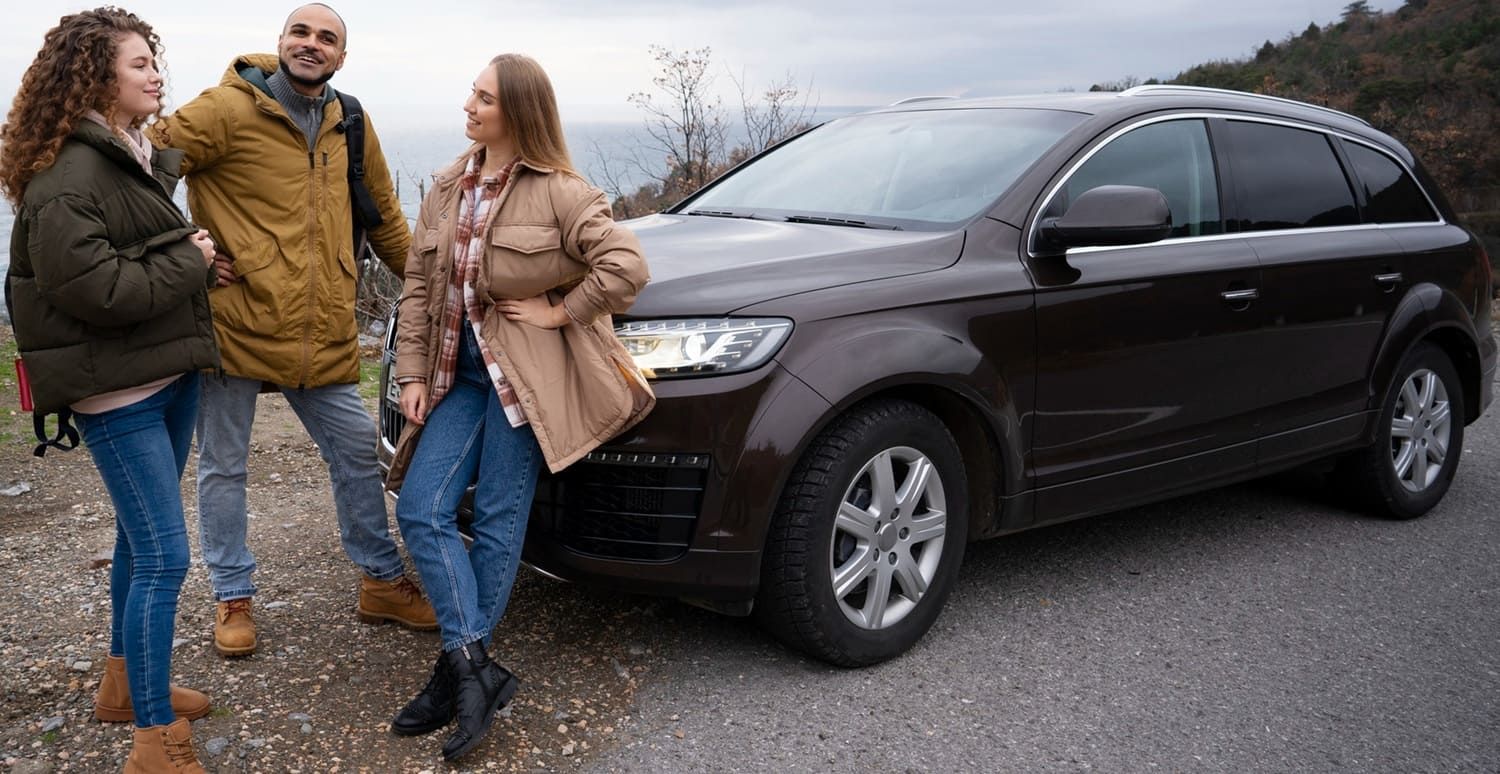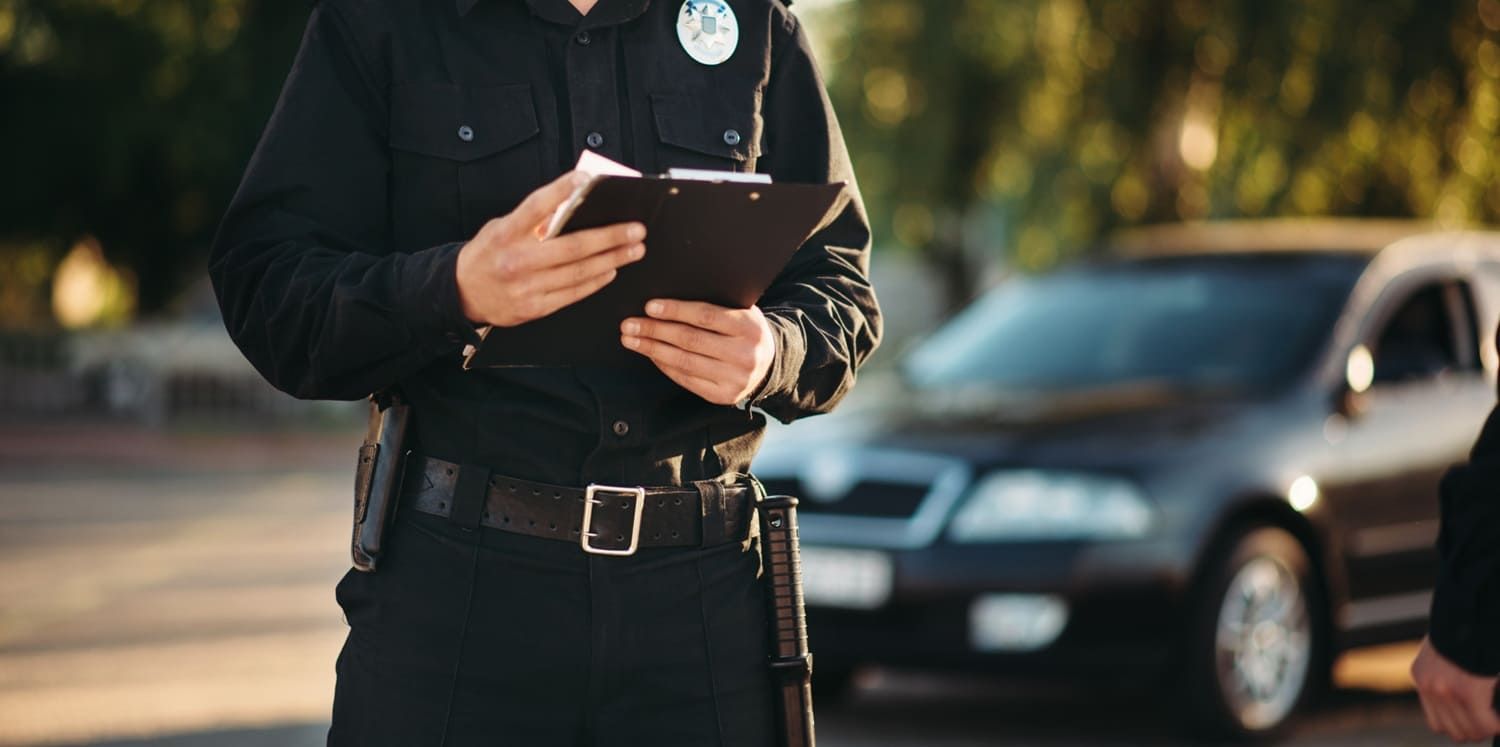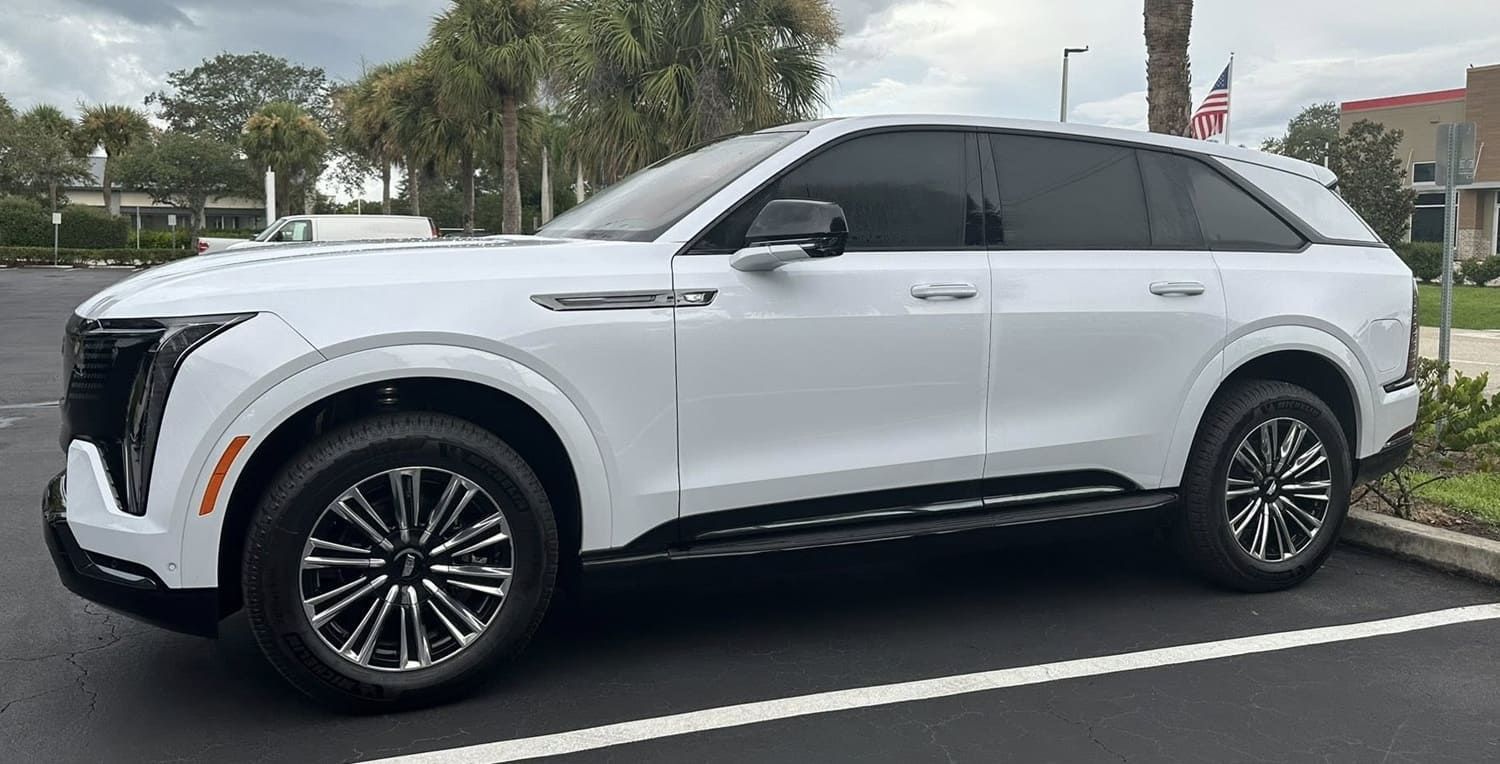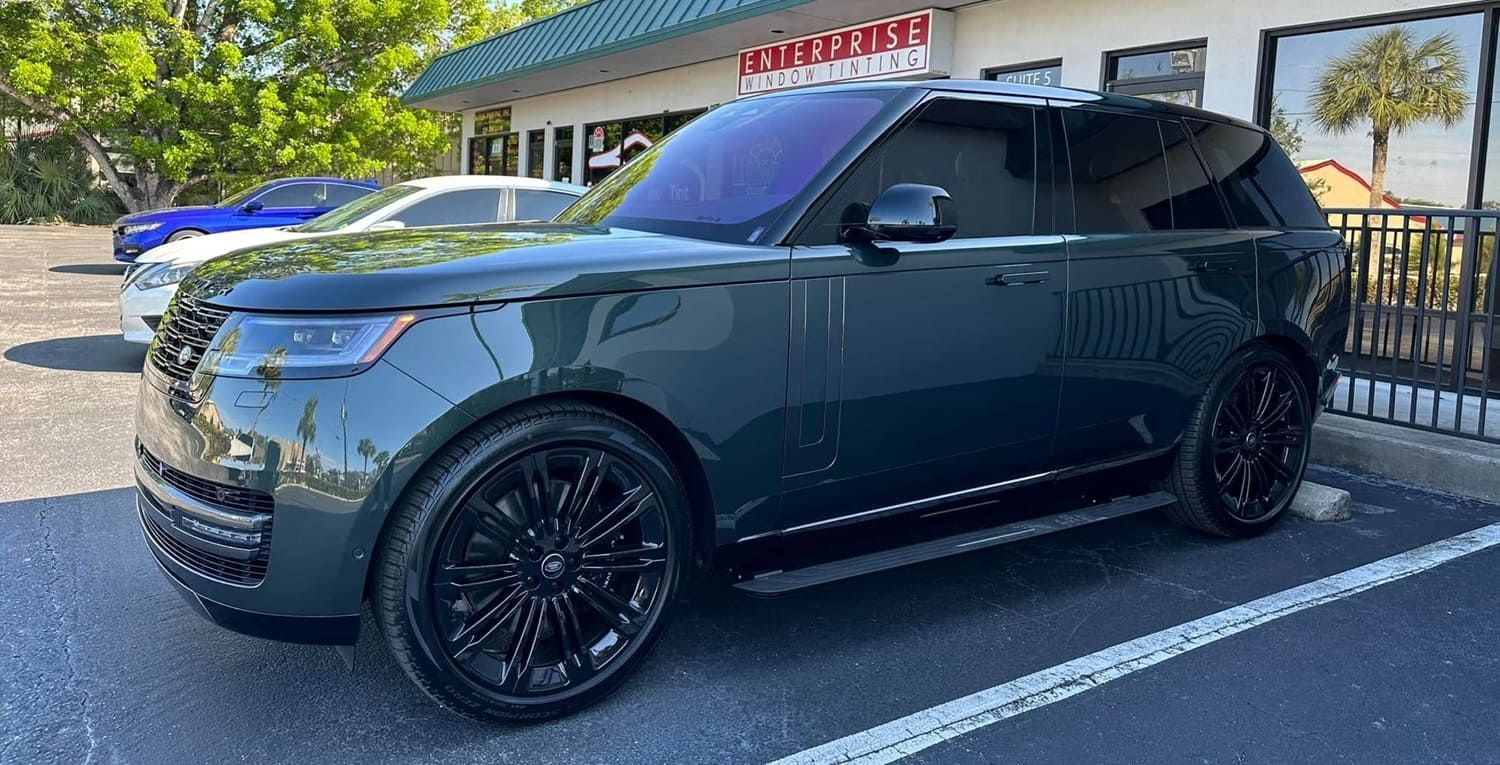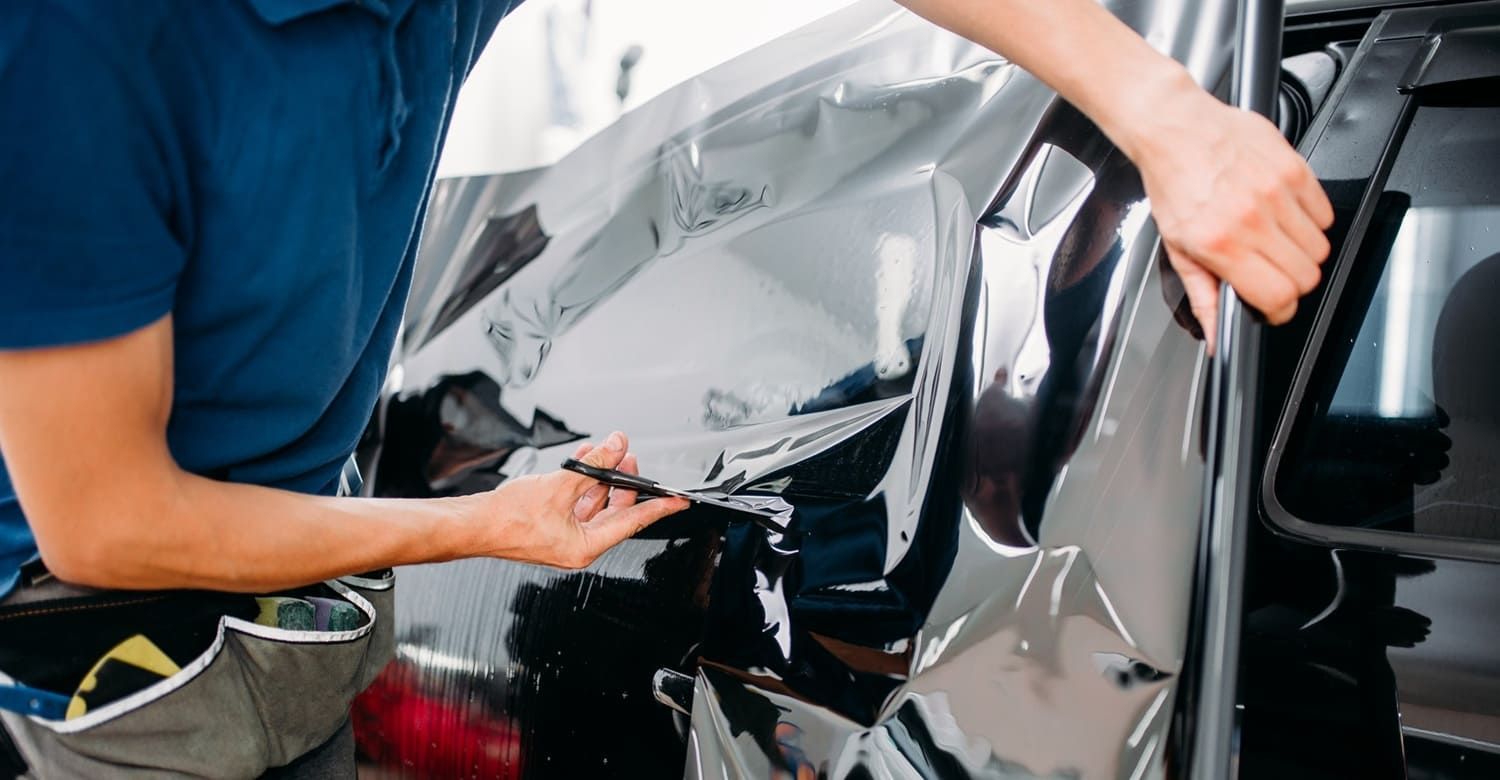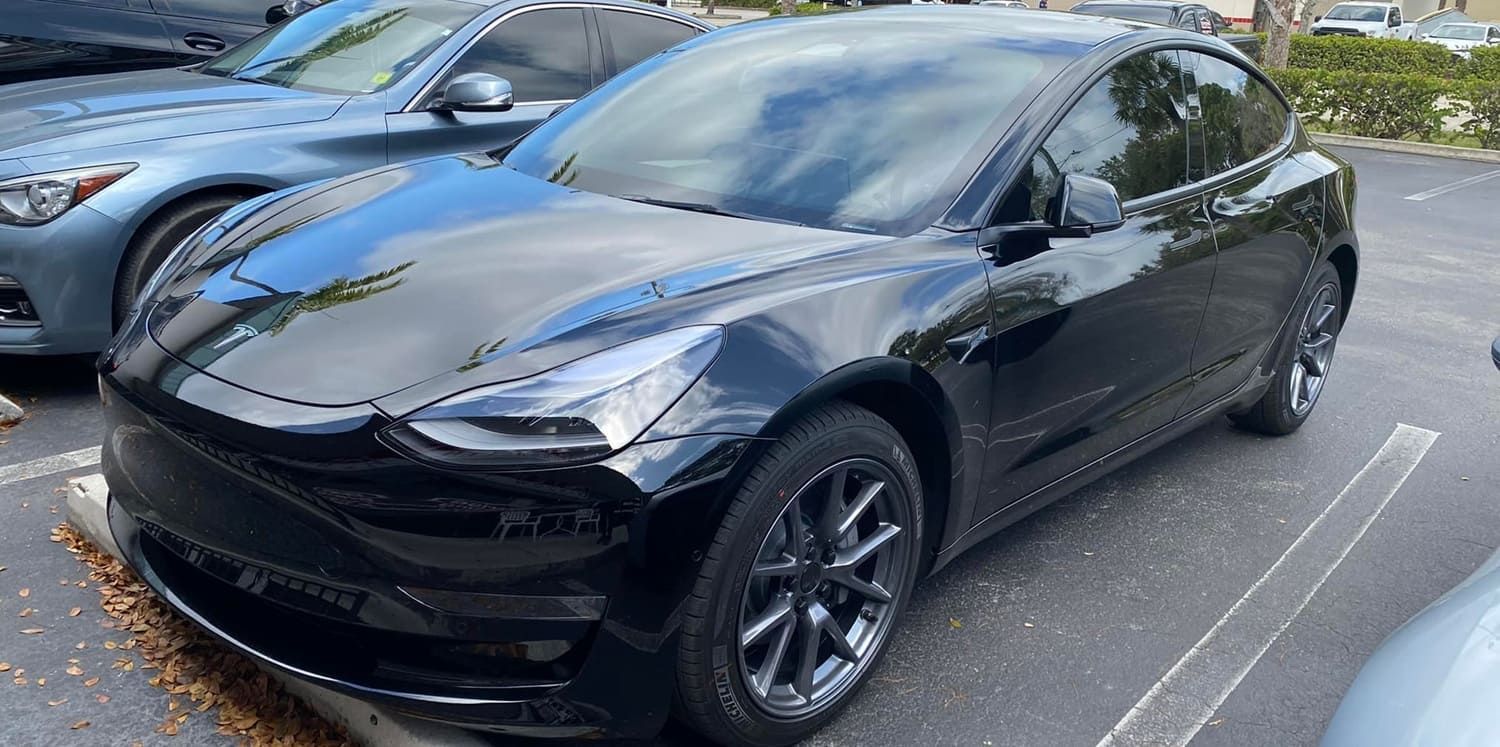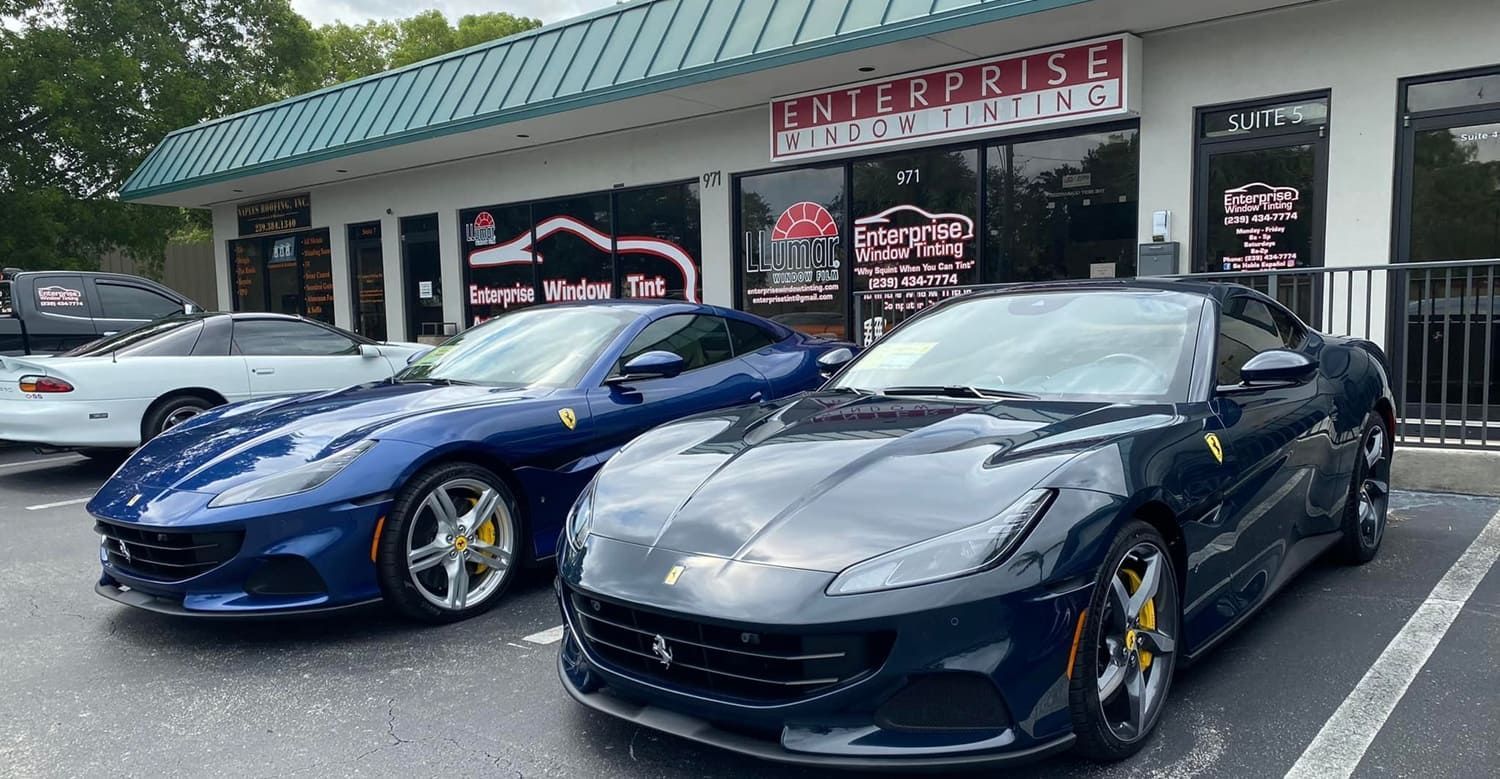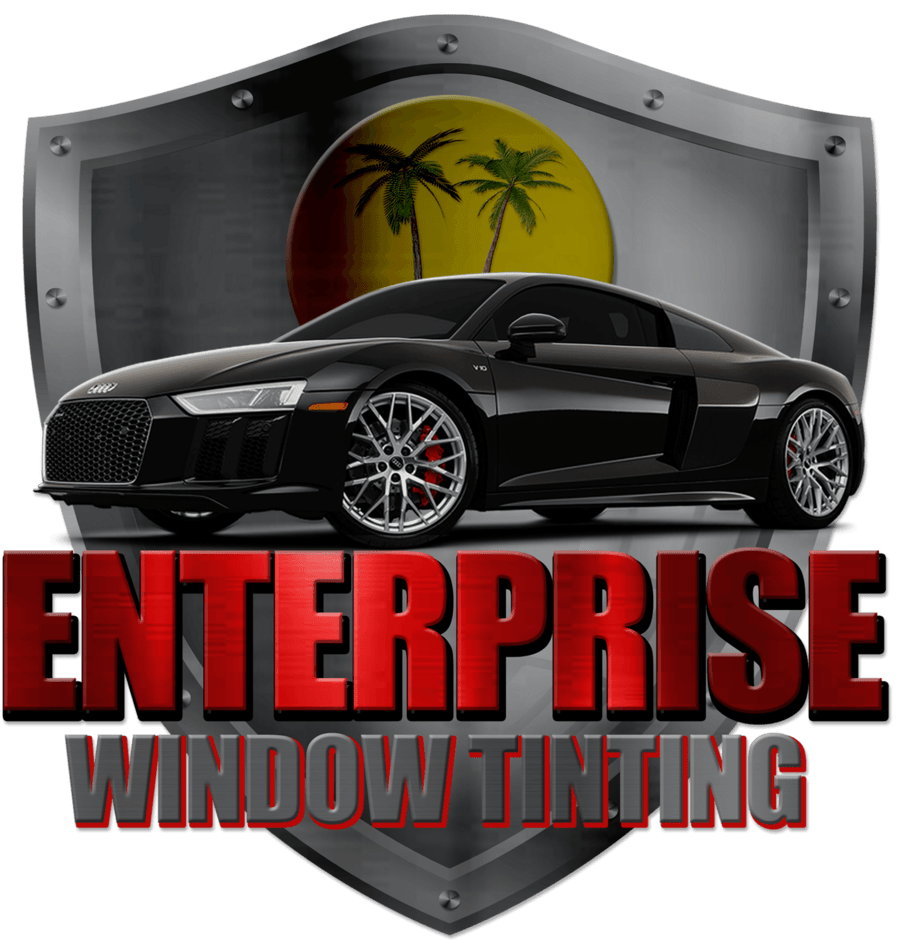Best Tint Shades for Maximum Heat Rejection
Car window tinting is more than just a style choice. It plays a crucial role in heat rejection.
Choosing the best tint shades can make a big difference in comfort and energy efficiency.
With so many options available, it can be hard to decide which tint is right for you.
This guide will help you understand the best tint shades for maximum heat rejection.
Explore the benefits and options to make an informed decision for your vehicle.
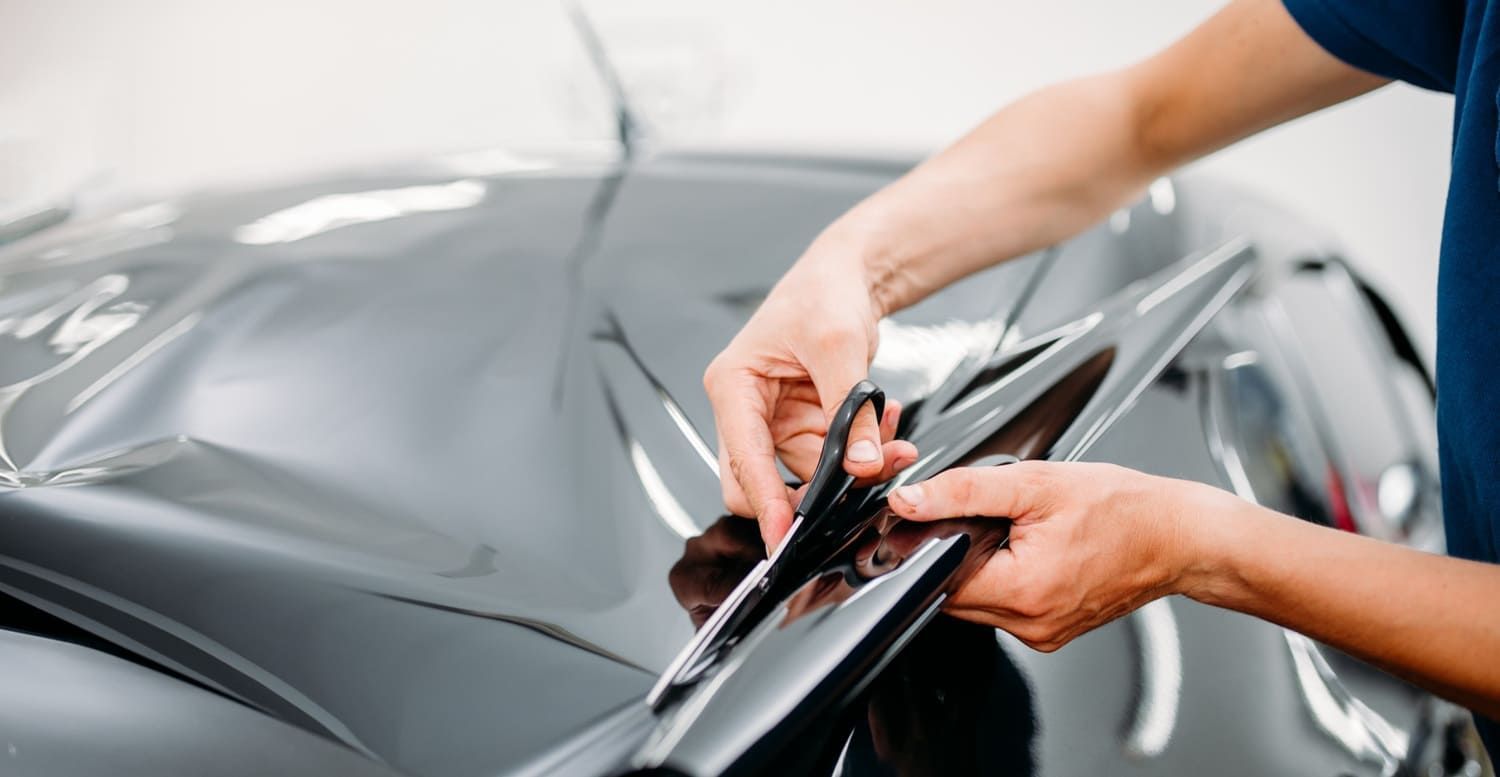
Why Heat Rejection Matters in Car Window Tinting
Car interiors can become uncomfortably hot, especially in summer. Effective heat rejection minimizes this issue.
Reducing solar heat improves your driving experience by keeping the cabin cooler. This comfort is vital on long drives.
Tint shades designed for heat rejection can also help maintain your car's interior. By blocking harmful UV rays, they prevent fading and cracking.
Additional benefits of heat-rejecting tints include:
- Improved fuel efficiency
- Reduced need for air conditioning
- Enhanced vehicle longevity
Understanding why heat rejection matters can guide your choice of tint. Comfort and protection go hand in hand.
Understanding Tint Shade Types: Which Is Best for Heat Rejection?
Various tint shades provide different levels of heat rejection. Knowing their differences can help you make an informed choice.
The material and technology used in tints affect their performance. Some options balance visibility with heat reduction effectively.
Common tint types include dyed, metalized, carbon, and ceramic. Each offers unique benefits and drawbacks for heat rejection.
Here’s a brief overview of what each type offers:
- Dyed: Cost-effective, but limited heat rejection
- Metalized: Excellent at blocking heat but might impact signals
- Carbon: No interference, moderate heat rejection
- Ceramic: Top-tier heat reduction and clarity
Selecting a tint shade involves considering these factors and your specific needs. Keep reading to explore each type in more detail.
Dyed Window Tint
Dyed window tints are the most affordable option. They use layers of dye to absorb solar heat.
However, they do not reject as much heat compared to other types. They do offer great privacy.
In summary:
- Cost-effective choice
- Limited heat rejection
- Good for privacy and aesthetics
Metalized Window Tint
Metalized tints contain microscopic metal particles. These are great at reflecting heat.
They provide superior heat rejection but may interfere with electronics. This is due to the metallic content.
Benefits of metalized tint include:
- Excellent heat reflection
- Durable and long-lasting
- Potential electronic signal interference
Carbon Window Tint
Carbon tints stand out for not interfering with technology. They offer a sleek look and decent heat rejection.
These tints also block harmful UV rays effectively, preserving your car's interior.
Features of carbon tint:
- Non-reflective surface
- Moderate heat rejection
- Good UV protection
Ceramic Window Tint
Ceramic tints use non-metallic, nano-ceramic technology. They excel in heat rejection and clarity.
Despite being among the priciest, they provide value. They block significant amounts of UV and infrared light.
Ceramic tints feature:
- Superior heat rejection
- No electronic interference
- High level of UV protection
Moreover, they are less prone to fading over time compared to other types. Their high-performance nature makes them ideal for those seeking the best in heat rejection.
Comparing Tint Shades by Visible Light Transmission (VLT)
Visible Light Transmission (VLT) is a crucial factor in heat rejection. It measures how much light a tint lets through. Lower VLT percentages usually correspond with better heat rejection.
Various VLT percentages suit different needs and preferences. Choosing the right VLT involves balancing heat rejection with visibility and legal requirements.
Let's explore some common VLT options:
- 5% VLT: Maximum privacy, high heat rejection, but limited visibility.
- 20% VLT: Popular for balancing privacy and visibility.
- 35% VLT: Moderate privacy with better visibility.
- 50% and 70% VLT: Higher visibility and less heat rejection.
Deciding on a VLT rating involves considering state laws and personal preference. Each option provides varying levels of privacy and heat rejection.
5% VLT (Limo Tint)
A 5% VLT, often called limo tint, is ideal for those seeking privacy. It offers high heat rejection but significantly reduces visibility from inside the car.
Key aspects of a 5% VLT:
- Maximum privacy level
- Excellent heat rejection
- Reduced interior visibility
20% VLT
A 20% VLT is a balanced choice that combines privacy with practical visibility. It's popular among car owners for its effective heat rejection without sacrificing too much visibility.
Important features of 20% VLT include:
- Balanced privacy and visibility
- Good for heat rejection
- Widely favored among drivers
35% VLT
For those who prefer moderate privacy and enhanced visibility, a 35% VLT is suitable. It provides decent heat rejection while allowing enough light for safe driving.
Notable points about 35% VLT:
- Moderate privacy
- Enhanced visibility
- Good heat rejection balance
50% and 70% VLT
These VLT percentages are higher, thus letting more light through. They offer greater visibility, less heat rejection, and are ideal for those prioritizing clarity over privacy.
Attributes of 50% and 70% VLT:
- High visibility
- Low privacy
- Minimal heat rejection
LLumar Car Window Tinting Options: Top Picks for Heat Rejection
LLumar is a trusted name in car window tinting. Their options excel in heat rejection. They offer advanced technology to keep your vehicle cooler.
Among their top products, the LLumar Ceramic Tint is noteworthy. It provides outstanding solar heat and UV ray protection without compromising clarity. Its nano-ceramic composition ensures minimal electronic interference, making it a smart choice.
LLumar's Metalized Tint also stands out. It offers superior heat rejection by reflecting infrared rays. However, it might interfere with GPS or radio signals due to its metal content.
Consider these LLumar options for effective heat rejection:
- Ceramic Tint: High heat rejection, no signal interference
- Metalized Tint: Excellent infrared reflection, possible signal issues
Choosing the right LLumar tint involves balancing performance with any potential signal concerns.
Key Benefits of Choosing the Best Tint Shades for Heat Rejection
Selecting the best tint shades can transform your driving experience. Heat rejection tints help maintain a cooler cabin temperature. This reduces the need for constant air conditioning, boosting fuel efficiency.
In addition to comfort, these tints offer significant protection. They block up to 99% of harmful UV rays. This helps preserve your car's interior by preventing sun damage and fading.
Besides temperature control and protection, tint shades also enhance security and privacy. Tints obscure the view into your vehicle while adding an element of style.
- Energy Efficiency: Reduced AC use saves fuel
- UV Protection: Shields interiors and passengers
- Privacy and Style: Enhances vehicle appearance
Opting for heat rejection tints offers multifaceted benefits.
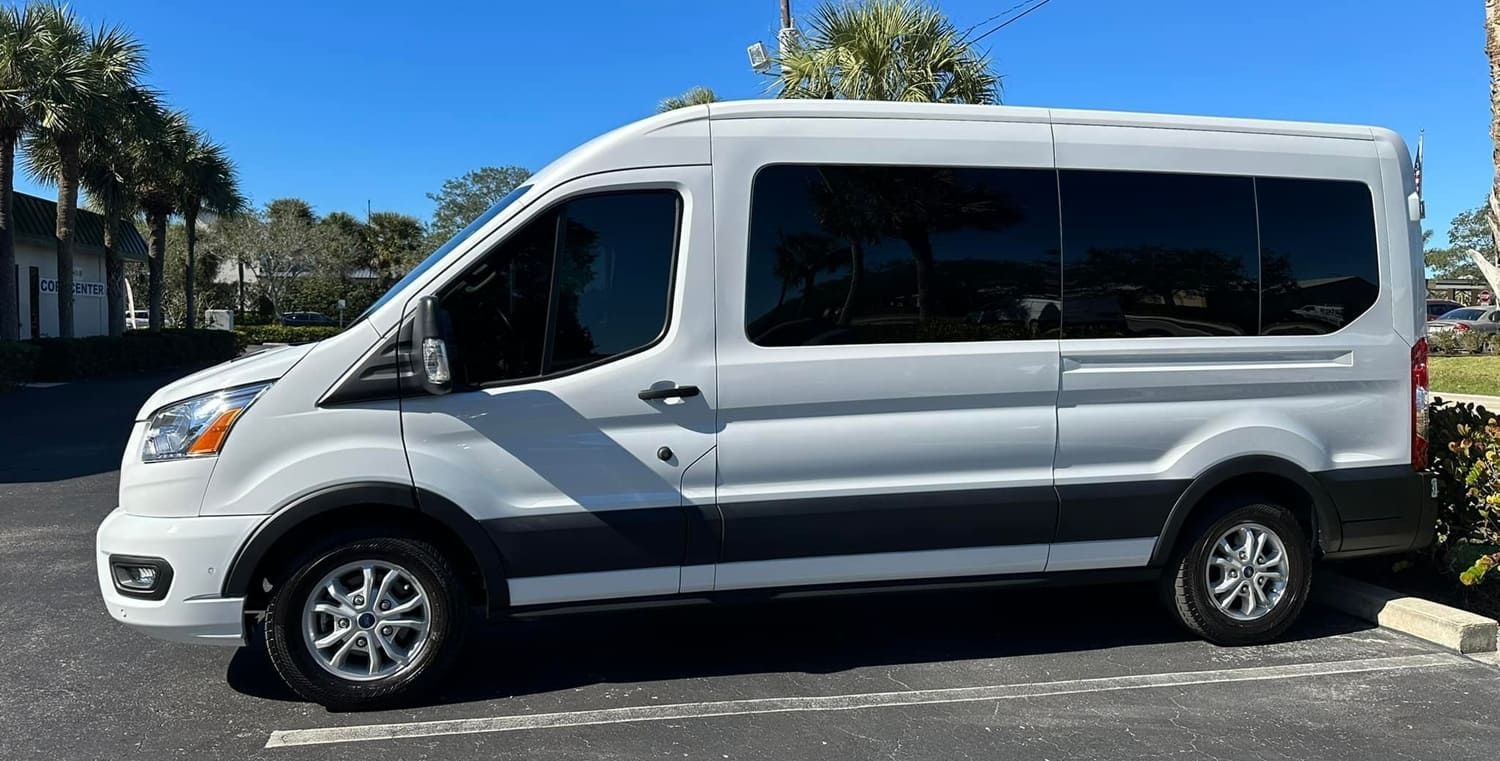
Legal Considerations and Compliance
Before tinting your windows, it's crucial to consider legal regulations. Tint laws vary widely across states and countries. Understanding these rules helps avoid fines or the need to remove illegal tints.
Each jurisdiction may have different limits on the Visible Light Transmission (VLT) percentage. Some areas allow darker tints than others. Always check local laws to ensure compliance.
Being aware of these requirements ensures your tinting is both effective and legal. Consider these key points:
- VLT Limit: Check local legal VLT percentages.
- Front vs. Rear Windows: Rules often differ.
- Exemptions: Some states offer medical exemptions.
Professional vs. DIY Installation: What to Know
Choosing between professional and DIY window tint installation depends on your skills and resources. Professional installation ensures a precise fit and optimal performance. It generally comes with warranties that DIY projects lack.
DIY installation can save costs but requires patience and attention to detail. Mistakes can lead to bubbles or peeling. Consider these factors:
- Cost: Professional services can be pricier.
- Quality: Professionals have specialized tools.
- Time: DIY may take longer for beginners.
Maintenance Tips for Long-Lasting Performance
Keeping your car window tint in peak condition is simple with proper care. Regular maintenance can drastically extend its lifespan.
To maintain your tint’s appearance and performance, follow these tips:
- Clean with mild soap and a soft cloth.
- Avoid abrasive cleaners and sharp tools.
- Inspect for peeling or bubbles regularly.
Frequently Asked Questions About Car Tint Shades and Heat Rejection
Many car owners wonder about the impact of tint shades on vehicle comfort. Common questions often revolve around effectiveness and regulations.
Here are some frequently asked questions:
What tint shade blocks the most heat?
The best heat-blocking shades are typically 5% (limo tint) or 20% VLT, but the real performance comes from ceramic or nano-ceramic films, which can reject up to 98% of infrared heat—even in lighter shades.
Does darker tint always mean better heat rejection?
Not necessarily. Film technology matters more than darkness. A light ceramic tint at 50% VLT can block more heat than a dark dyed film at 5% VLT.
What type of film works best for heat control?
Ceramic, nano-ceramic, and infrared rejection films are the most effective for maximum heat reduction without sacrificing visibility.
What’s the difference between heat rejection and UV protection?
Heat rejection focuses on blocking infrared radiation, while UV protection shields you from ultraviolet rays that cause fading and skin damage. High-quality films do both.
Which VLT% is most popular for balancing comfort and legality?
20% and 35% VLT are common choices for great heat rejection while remaining legal in most states for front and side windows.
Can I get maximum heat rejection without a dark look?
Yes. Clear and light ceramic films with 70–80% VLT can block significant heat while keeping windows almost transparent.
Is limo tint (5%) the best for hot climates?
While 5% VLT looks very dark and offers privacy, a high-quality ceramic tint in a lighter shade can match or even surpass its heat rejection capabilities.
How much cooler will my car be with heat-rejecting tint?
With premium ceramic tint, you can expect a 20–45°F (7–25°C) reduction in cabin temperature compared to untreated glass.
Do windshield tints help with heat rejection?
Yes. Many states allow clear, heat-blocking films for windshields that reduce cabin heat without violating visibility laws.
Does heat-rejecting tint affect nighttime driving visibility?
Not if you choose the right VLT. 35–50% ceramic tint maintains strong heat control and clear night visibility.
Which brands make the best heat-rejecting tints?
Top brands include LLumar, 3M Crystalline, XPEL Prime XR Plus, and SunTek CIR, known for industry-leading IR rejection rates.
Can I combine different shades for maximum effect?
Yes. Many drivers choose lighter tint on front windows for legality and darker tint on rears for privacy and extra cooling.
Does heat-rejecting tint save on fuel costs?
Yes. By reducing A/C use, you can improve fuel efficiency and reduce strain on your HVAC system.
Is heat-rejecting tint worth the extra cost?
Absolutely. Premium films offer better performance, durability, and comfort over time, making them a better long-term investment.
Can lighter tint still block 99% of UV rays?
Yes. Modern films can be nearly clear yet still block almost all UV and a large portion of infrared heat.
Will heat-rejecting tint protect my interior?
Yes. It helps prevent fading, cracking, and warping of seats, dashboards, and trim.
Does heat-rejecting tint work in winter?
Yes. It helps retain warmth inside your vehicle by reducing heat loss through windows.
How long does high-performance tint last?
Quality ceramic films can last 10–20 years without fading, bubbling, or losing performance.
Will installing heat-rejecting tint increase my car’s resale value?
Yes. Buyers often see premium tint as a value-added feature that improves comfort and protects the interior.
Bottom line—which shade is best for heat rejection?
The best choice combines advanced ceramic or nano-ceramic technology with a VLT that’s legal in your state, balancing performance, style, and comfort.
Conclusion: Choosing the Best Window Tint for Your Needs
Selecting the right window tint involves more than just picking a shade. Consider the material's heat rejection properties and its impact on visibility. Balance these factors to meet your specific needs.
Consult local regulations to ensure compliance with legal VLT limits. Invest in professional installation for the best results. Your comfort and vehicle's protection depend on making the right choice. For expert results, trust ENTERPRISE WINDOW TINTING, a Trusted LLumar Dealer and premier window tinting installer near you serving Naples, FL, offering free estimates and professional service that ensures your tint looks great and performs perfectly for years to come.
